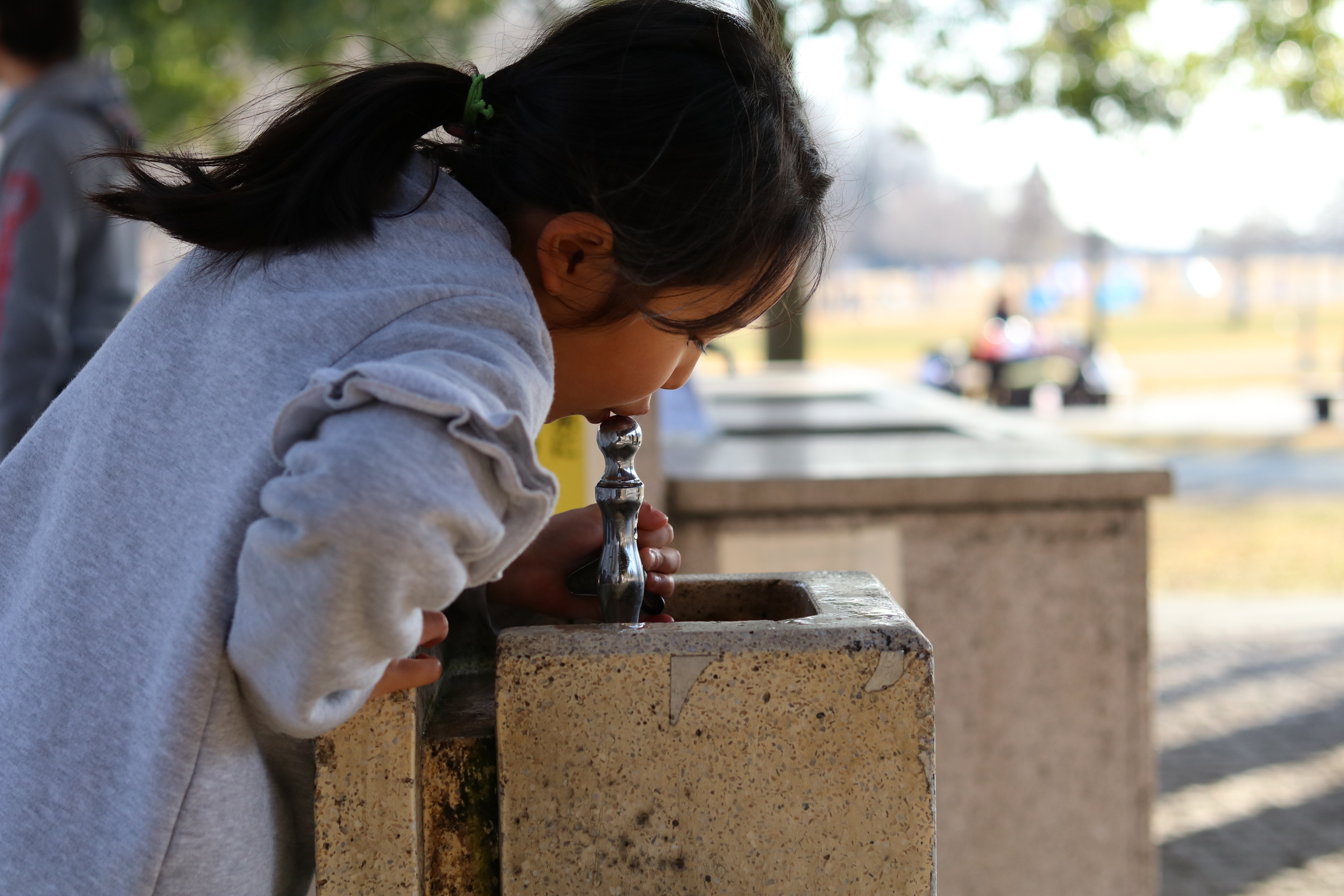Growing up, my family spent a week every summer on a small island off the coast of Maine reliant on cisterns for fresh water. Water was closely rationed, and showers were scarce. The daily ritual of filling up two pitchers of water for use throughout the day piqued a life-long interest in the limits of our freshwater resources. My passion for all things water eventually grew into a profession as I went on to get a Ph.D., focused on water resource management.
For years, I studied the intricacies of America’s water systems – from the complex laws and regulations that govern how we move and share water to how climate change is creating more violent floods, droughts, and fires. My training as a scientist encouraged me to constantly question underlying assumptions and my passion led me to connect my research to the experiences that directly touch people’s lives.
Now, at the Water Foundation, I use that training and passion to work with creative, ambitious, and thoughtful partners every day to advance lasting water solutions that are informed by science and by the most urgent needs facing communities across the country.
We all need safe, affordable, and reliable drinking water to survive. But in the U.S. today, millions of families and children wake up each morning to toxic, undrinkable tap water. The problem is widespread—touching urban and rural areas alike—but disadvantaged communities continue to be ones most likely to have contaminated water in their homes and schools. Unsafe drinking water is not only a public health crisis but also a reflection of deep inequities and underinvestment in poor communities. Where a person lives and how much money they have can determine whether they get water that is safe and clean.
In this environment, it is not surprising public polling consistently shows that polluted drinking water is among Americans’ greatest worries and highest priorities, cutting across ideology and political affiliations. In 2019, public officials are prioritizing drinking water in their own agendas.
Governor Tony Evers of Wisconsin, for example, in his first State of the State Address, said that 2019 will be the “year of clean drinking water.” New Jersey’s Governor Phil Murphy in his address asked for federal help replacing old pipes. Governor Gavin Newsom in California, kicked off his tenure with a visit to a rural Californian community struggling with clean, affordable drinking water. And, just this past month, the U.S. House of Representatives Committee on Oversight and Reform environmental subcommittee held a hearing to investigate pervasive PFAS contamination.
Philanthropy Can Help Support Sustainable And Equitable Drinking Water Solutions
In the wake of the Flint, Michigan, drinking water crisis and the work of organizations like HEFN, a growing number of funders have begun to recognize the often-hidden public health crisis of unsafe drinking water. Yet, many also voice uncertainty on how best to solve the problem, especially when water policy is traditionally viewed as overly complex and intractable.
To help funders understand the current and emerging threats to drinking water—and solutions they can pursue to tackle both immediate problems and root causes, the Water Foundation recently developed an introductory guide, Securing Safe Drinking Water for All. In the guide, we cover how unsafe drinking water threatens public health as well as offer specific philanthropic interventions that can get to the heart of the challenge.
Key philanthropic interventions that are identified in the guide include:
- Diversifying water leadership,
- Building capacity of small water systems,
- Encouraging investment in drinking water treatment and infrastructure,
- Supporting more comprehensive water testing,
- Supporting structural changes to improve water affordability, and
- Championing climate-smart water supply solutions.
Funders are invited to preview the report during the April 9 webinar, “Activity on Tap: Looking Across the Drinking Water Landscape,” cosponsored by the Biodiversity Funders Group, Environmental Grantmakers Association, the Funders’ Network for Smart Growth and Livable Communities, Grantmakers In Health, and HEFN. I will be moderating a discussion where expert speakers — Radhika Fox, US Water Alliance; Tom Neltner, Environmental Defense Fund; and Nse Witherspoon, Children’s Environmental Health Network — will discuss three hubs of activity around drinking water. Click here to read more and register for the webinar today.
As funders, we have the ability and opportunity to drive and scale meaningful solutions to make sure every family has safe drinking water. Please join me on April 9 to learn more about the drinking water landscape and to strengthen connections among other funders for us all to make a difference.
